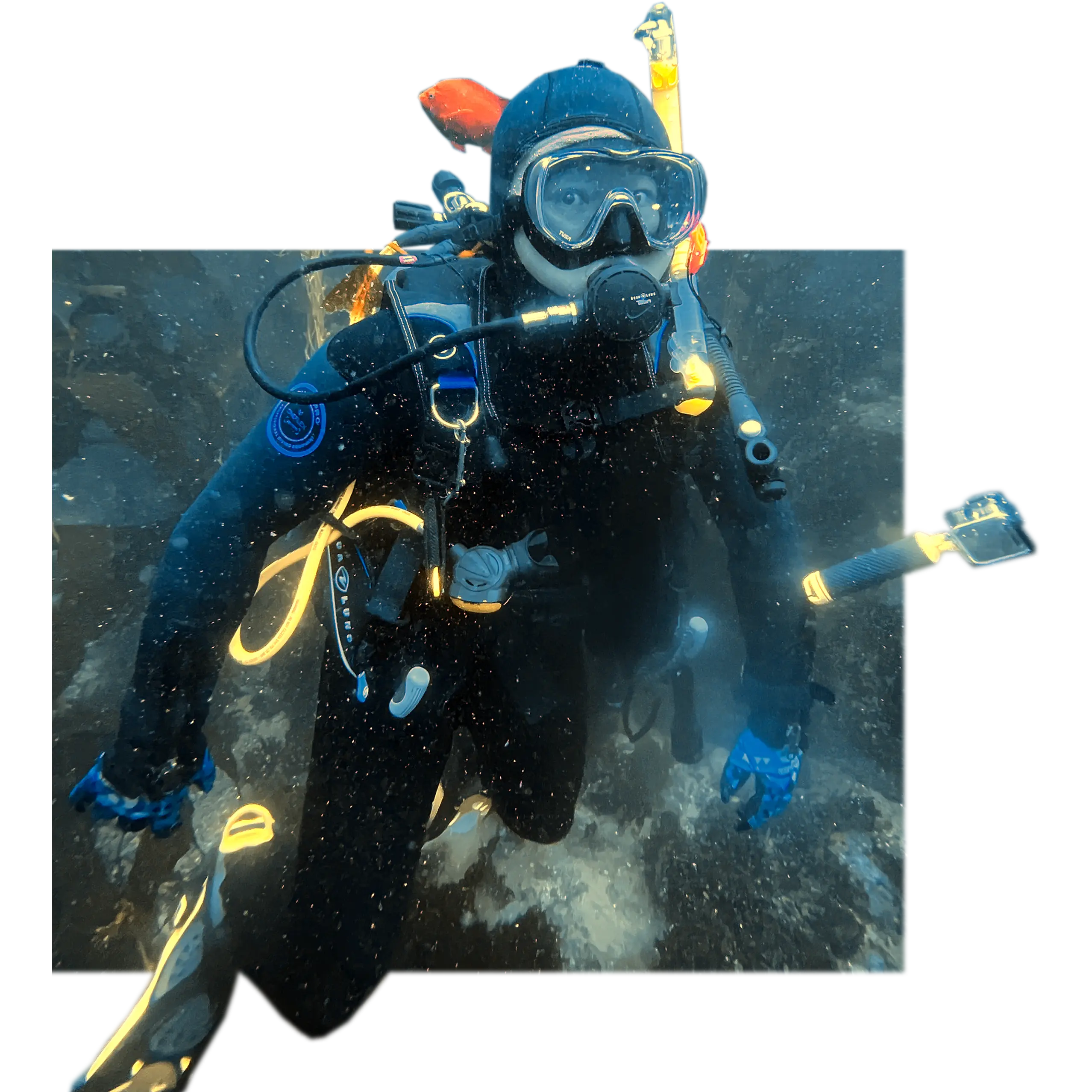engineeringinterview
A good interview question
A good question is the one that can drive discussion and implement, but hard to write beautiful code.
2 min read
senior software engineer, former startup founding member leading real-time computer graphics and computer vision solution targetting millions of customers at Amazon.

Building Augmented Reality application that helps Amazon revenues grow by 1 billion.
Be in mobile AR research and development for decades.
Lead agile team in a fast developing environment, continuously shipped great AR products.
Ph.D. in 3D facial capture and anaysis domain, actively participated in front-end research areas.
Insights on engineering leadership and startup building
A good question is the one that can drive discussion and implement, but hard to write beautiful code.